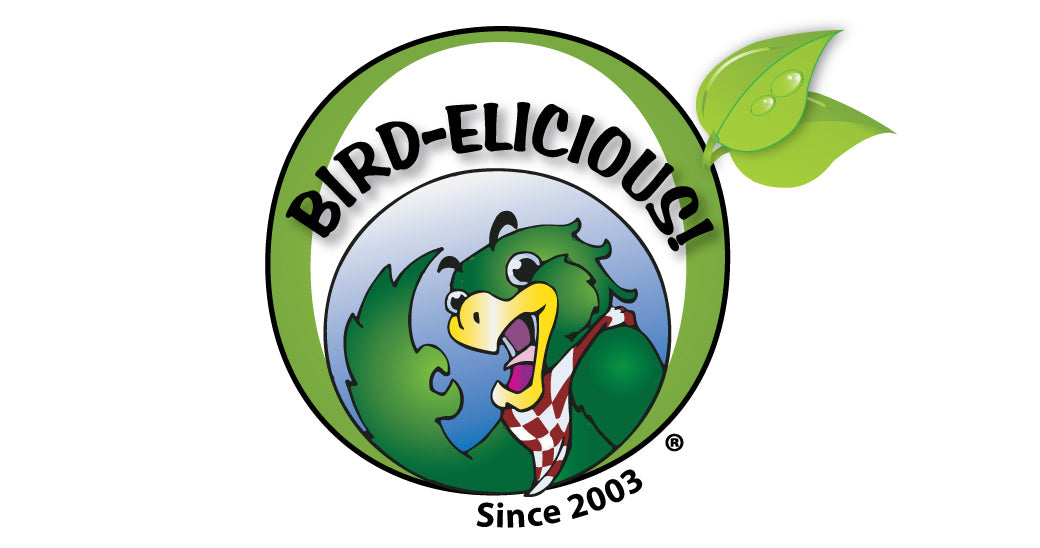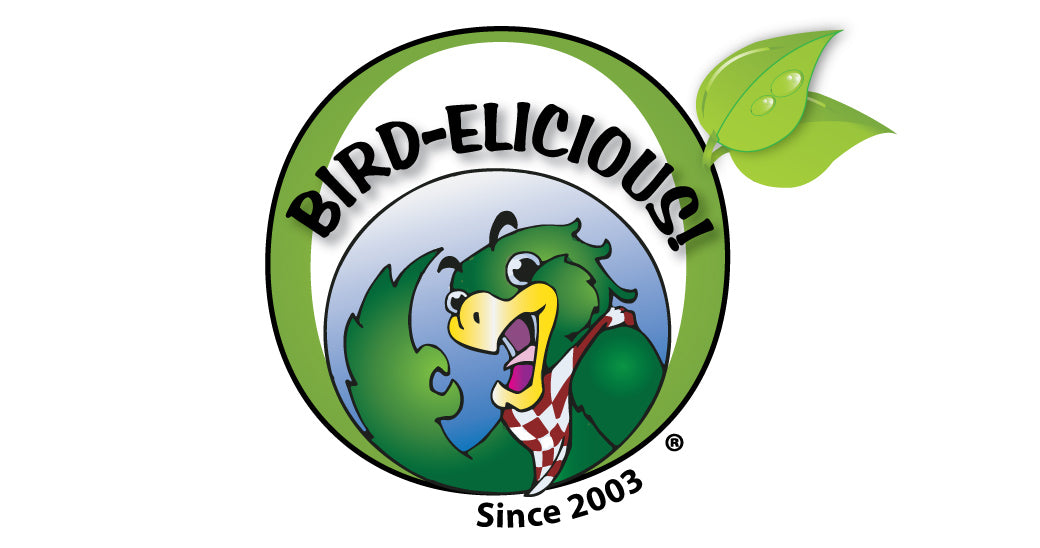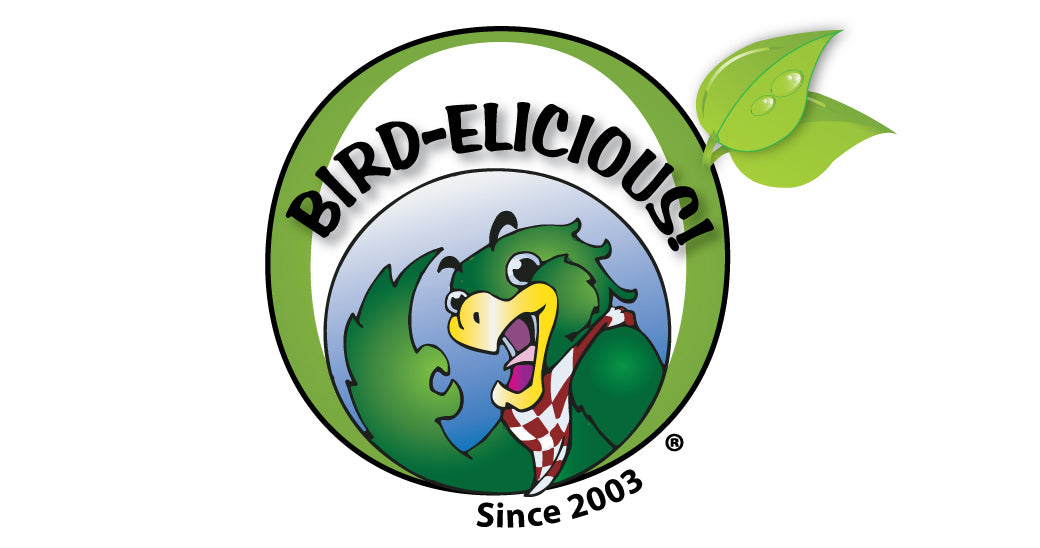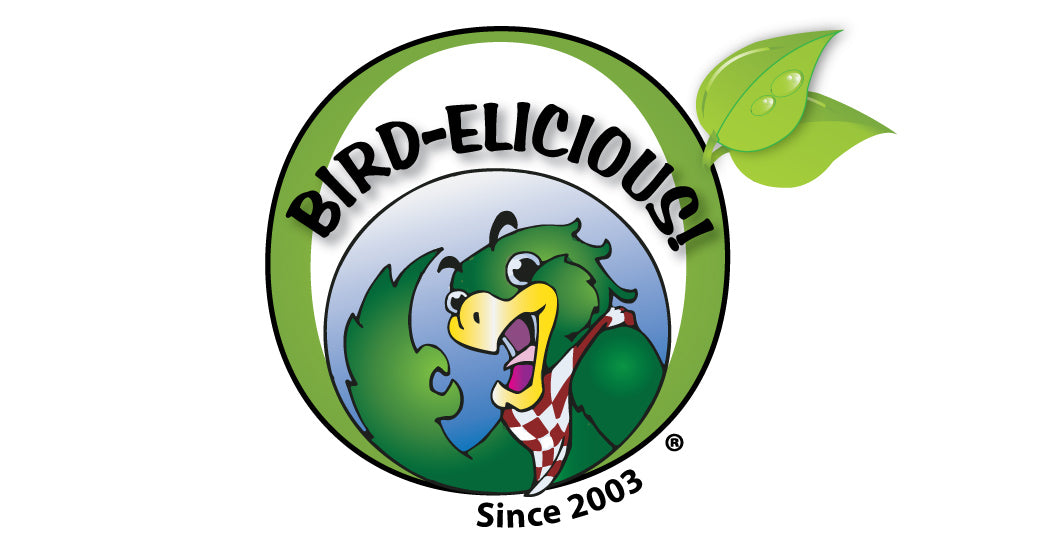Chamomile Flowers & Tea
Lately I’ve been hearing a lot about using Chamomile Tea to help calm birds who engage in feather destruction. I decided to take a deeper look into the use of this herbal tea in regards to feather destruction thinking maybe it would be a good idea to incorporate it into our Mutilation Syndrome Program for feather destroying birds.
for feather destroying birds.
Many of you already know my position regarding using teas for feather destroyers; I don’t encourage the use of teas due to the high content of salicylates and/or histamines and oxalates most teas contain. These naturally occurring plant chemicals are triggers for birds who engage in feather destruction. Not to mention the fact that tannins found in most teas block the absorption of non-heme iron (plant-based) and Vitamin B12.
When I researched Chamomile I was surprised to find that the above mentioned naturally occurring constituents are very low to non-existent in this herbal tea! “Wonderful”, I thought to myself. “This may be something I can add to our feather destroyer’s program!
Not so fast.
Deeper research found that this herbal tea contains, as one of the main constituents in the flowers themselves “quercetin.” While quercetin is touted as a wonderful antioxidant with anti-inflammatory properties, to some living creatures quercetin can be a living nightmare. Unfortunately I have found this to be all too true for feather destroying birds.
Due to the fact that birds consume volumes of plant matter, especially fruit high in Vitamin C, when combined with quercetin this constituent can actually become pro-inflammatory. I have personally witnessed this time and again in feather destroying birds. For this reason I have purposely reduced and/or eliminated ingredients containing quercetin from our feather destroyer’s diets.
When consumed for a short period of time quercetin-containing Chamomile Tea may seem like a wonderful answer for a feather destroyer! However, consumed long-term, offering this herbal tea on a frequent and regular basis may cause the quercetin to eventually build up in a bird’s system. The long-term effect of the quercetin may activate mast cells to react to the quercetin as an allergen creating a life-long food sensitivity to any food containing quercetin.
I’m really bummed about my finding; I was truly hoping I had found an additional item I could add to our feather destroyer’s program. Unfortunately I will not be adding this herbal tea, or the flowers themselves to our program due to my findings.
Other Flowers & Herbs
Then I heard that many are not only using Chamomile, but also mixing it with other herbal teas like Calendula and Red Clover, or Yarrow, Lavender, Rose Petal, and Rosemary as well as “true tea leaves.” (True tea doesn’t even grow in the indigenous regions of parrots.)
After the extensive research, I have performed regarding feather destroyers I would never, never use any of these on, in or around my feather destroying birds. Here’s why.
All of these flowers, herbs and true tea leaves contain naturally occurring constituents like I have mentioned above known as histamines and/or salicylates. Just one instance, Lavender is of the mint family. The mint family is extremely high in salicylates. I have found over and over again that feather destroying birds are highly sensitive to these constituents; many to the point of having true allergic reactions. Regardless if these constituents are used topically, internally or inhaled many birds will react in a negative manner. I have witnessed birds picking, plucking, pulling at their skin, pink or red skin, scratching, experiencing hyperventilation and anaphylactic shock.
Salic Acid & OTC Remedies
Yes, salicylates, otherwise known as “salic acid” is the constituent aspirin is made of. This acts as a blood thinner. Many over-the-counter remedies many of us are using with our feather destroying birds are full of “salicylates” as binders. Using these OTC remedies in double or triple doses can thin the blood of a bird to the point where internal hemorrhaging occurs.
Additionally, something we need to consider when feeding teas to our birds is the amount of catechins and tannins teas contains. While small amounts of tea and brewed teas are perfectly fine and even beneficial to our birds, overfeeding tea to our birds can potentially deplete their little systems of dietary iron and Vitamin B12. While many of us are not too concerned with iron levels, Vitamin B12 depletion is very concerning. Without adequate B12 levels in their system they face a total and complete failure to thrive metabolically. Vitamin B12 affects the amount of oxygen the organs receive, including the brain, it affects how the brain functions overall. B12 affects appetite and immune health. Vitamin B12 is essential for proper cell growth and regeneration particularly the mitochondria which are the “power house” of each cell. Lack of B12 can allow bacterial and/or parasite growth and infestation to occur more readily. To feed large volumes of foods high in catechins and/or tannins can literally impair the long term health of our birds, while feeding them in extreme moderation can actually improve their health. It’s all about balance folks; less is more.
In conclusion, for a short term a feather destroying bird may respond in a positive manner due to the calming nature of some of the constituents in these items, but eventually the very same bird will most likely begin responding in a negative way three, four or even six months down the line long after these items have been in use. By then the caregiver doesn’t suspect these items, but within a couple of weeks of removing these items, the bird begins to calm down. This is due to the naturally occurring histamines and/or salicylates having been removed. If the caregiver is using/feeding other foods containing histamines and salicylates there may only be a slight reduction in the symptoms, not a total elimination, but some amount of relief will be seen.
I’ve been researching and clinically studying feather destruction in exotic birds for 15 years now. I feel I have a very good grip on what triggers these birds and what truly calms them. I have found that the majority of these birds suffer from “avian leaky gut syndrome” and require a total digestive tract detox where all previous foods are totally eliminated and a totally new diet of different foods are introduced.
It takes a great amount of time for most birds to heal from years and years of consuming diets their digestive tract was never meant to consume. We can’t expect our birds to consume an incorrect diet for years on end and then immediately respond to positive change in a few weeks. Many birds require as much as two years or more before a real change is seen, but all the while their digestive tract is feeding on new, healthy foods exotic birds were always meant to consume, internal healing is taking place we cannot see. It all begins internally, just like the sickness started and we couldn’t see that at first until it manifested in an outwardly manner. The healing begins in the same manner; internally and eventually manifests outwardly where we will eventually see it sometimes years later.
The point is we will never see the outward signs of healing if we don’t get started now feeding the right foods. Trying to quick-“fix” our birds with simple solutions and OTC remedies is not going to get to the root of the problem laying deep within their digestive tracts. A complete detox of the incorrect foods is required and a replenishment of the correct foods containing the correct macronutrients of fibers, amino acids and fatty acids as well as the correct micronutrients of vitamins and minerals is absolutely necessary in order to see optimum health where our birds thrive!
Happy foraging!
(Ref: http://www.ncbi.nlm.nih.gov/pmc/articles/PMC3210003; http://quercetinbromelain.org; http://www.wisegeekhealth.com/what-are-the-most-common-quercetin-side-effects.htm#didyouknowout; http://www.ncbi.nlm.nih.gov/pubmed/11335011; http://www.burpee.com/herbs/mint/the-mint-family-article10584.html; http://emedicine.medscape.com/article/1009987-overview.
©11.8.15 Machelle Pacion Passion Tree House LLC All Rights Reserved




Leave a comment (all fields required)